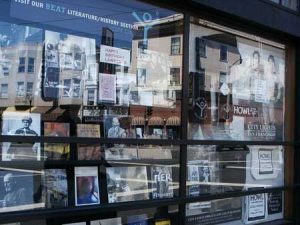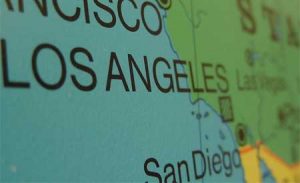
A reader asks, “I have some really old books, but there is no copyright date or publishing date. What is the best way to determine the age of the book?”
This is a great question! Modern books have all sorts of information on the copyright page – the edition/printing, copyright date, and probably the date of publication, making dating quite simple. But 19th century (and some newer) books are often not dated. Many reprint publishers did not include dates, either. So, research is in order. Here are my suggestions as to how to do that.
Author bibliographies
Author bibliographies are sometimes enlightening, especially in the case of first editions and other early editions. Some are available online; others will be accessible through your local library. I have found that university libraries sometimes own bibliographies and other reference materials that city or regional libraries don’t (and vice versa). Many library catalogs are available for search online, and this might turn up a helpful bibliography.
Publisher details
You might also research the publisher to see what dates they were in business, and at what locations. Often businesses move during the course of their lifespans; the known date at a given address can be compared to the publisher’s address printed in the book. I’ve often been able to find publisher information online, using Google. (And, if the publisher is still in business, you may even be able to find information on their website regarding their history.)
Similarly, some publishers have used different names over the years. For instance, Doubleday has been in business since 1897 but has only been calling itself “Doubleday & Co.” since 1946. Learning such details can help date a book.
One helpful resource is Newport Vintage Books Publishers Histories, which are now archived:
Publishers A-E
Publishers F-J
Publishers K-Q
R-Z/a>
Your local library might be able to help as well.
Scan the text, and ads
Sometimes other books are advertised in the back pages of 19th & early-20th century books. By learning the dates of their publications one might get a rough estimate of the range of years the book in question may have been published.
If other businesses are advertised, check into them as well to see if you can determine when the products in question were developed, and when the company existed at that address.
Introductions, forewords, and afterwords may include dates. Check the end of each, as some authors include a date after their name here. Though this date doesn’t mean that the book was published at the same time, it can certainly be a good clue.
Check the main text, too. I have an undated two-volume history of the French Revolution, which also give a year-by-year account the years afterward. The last year mentioned is 1882, and the author says something like “Well, this brings us up to date, and our journey together must end here.” So, I know the book must have been finished in 1882, and probably published circa 1882 or 1883.
Physical & design details
Sometimes the style of the book’s binding, paper, typography, illustrations, or even the method of printing can be a clue to its age as well. This is kind of a murky area which really requires some digging. However, if there are illustrations, especially if they were created just for the book in question, it may be helpful to find out what dates the illustrator lived & was active. Biographical information may even mention the illustrations for the book in question.
WorldCat
Another idea would be to do a WorldCat search, online. Your local librarian can run this search for you as well. This search will turn up any copies of the book which are owned by libraries. If so, the library who owns the book will have an informational listing for it which may include an estimated date.
Bookselling sites
The online bookselling sites, such as Abebooks can sometimes be helpful. Search using all the details you know (publisher, illustrator, binding, etc.) and see what comes up in the search results.
There’s some explanation here about how to go about researching books online (toward the end of the page) on our “Researching Book Values” page.
Book appraisers
If it is very important to get further information about a book, you might consider finding a local dealer of antiquarian or used books – ideally, one who stocks the type of book you’ve got. Check your local Yellow Pages under “Books – Antiquarian & Rare,” “Books – Used” or “Books – Appraisals.” Though you may find someone who’s willing to look at the book free of charge, many booksellers do charge a fee for examinations of this sort, or appraisals.
Summing up
There are many ways to go about dating books. How much research you should do just depends upon the book in question (is it very valuable or unusual?) and how much time you feel comfortable putting into it.
Good luck in dating your book!



